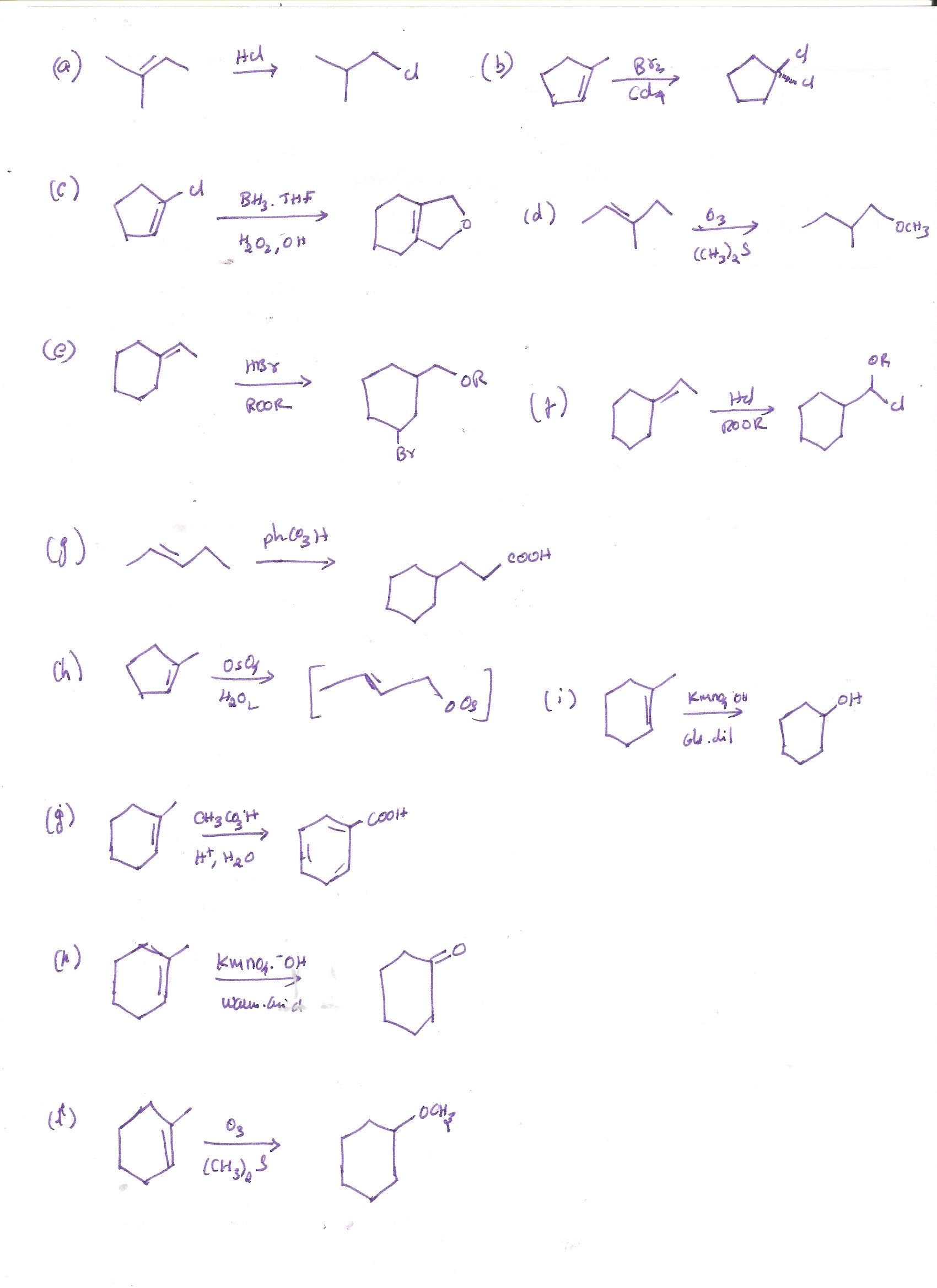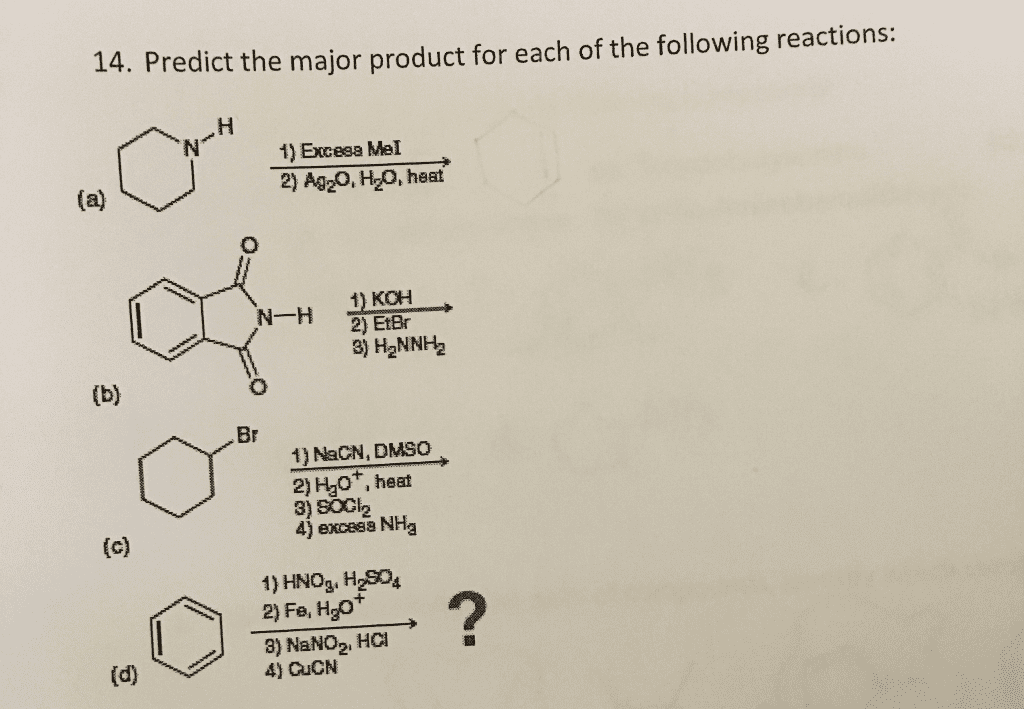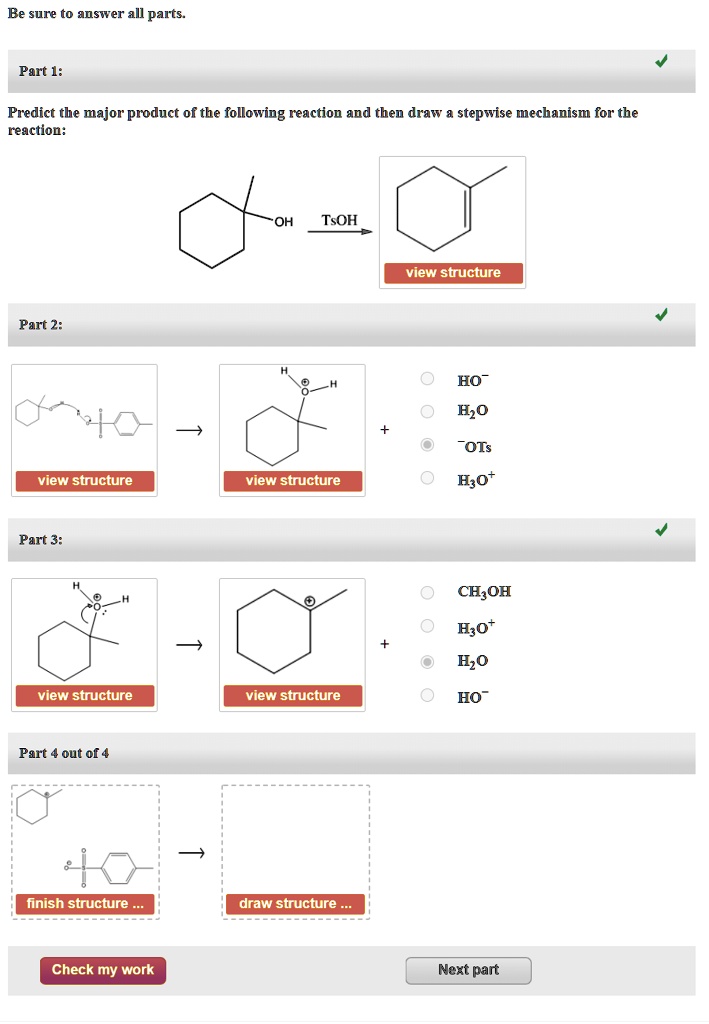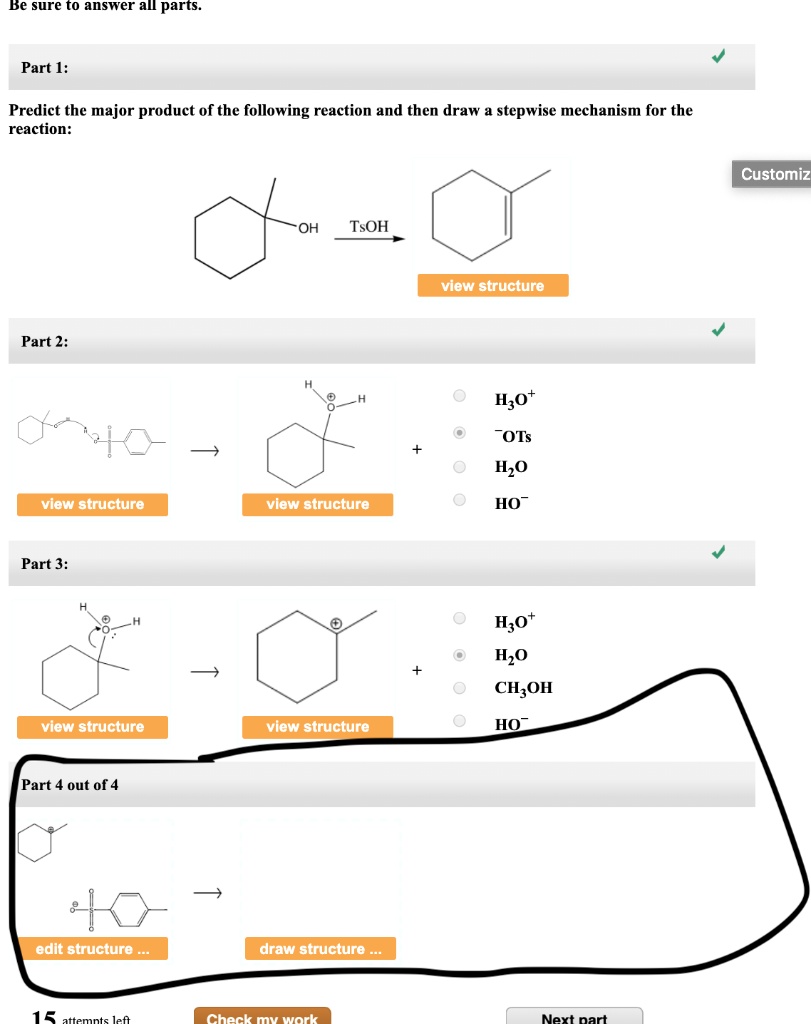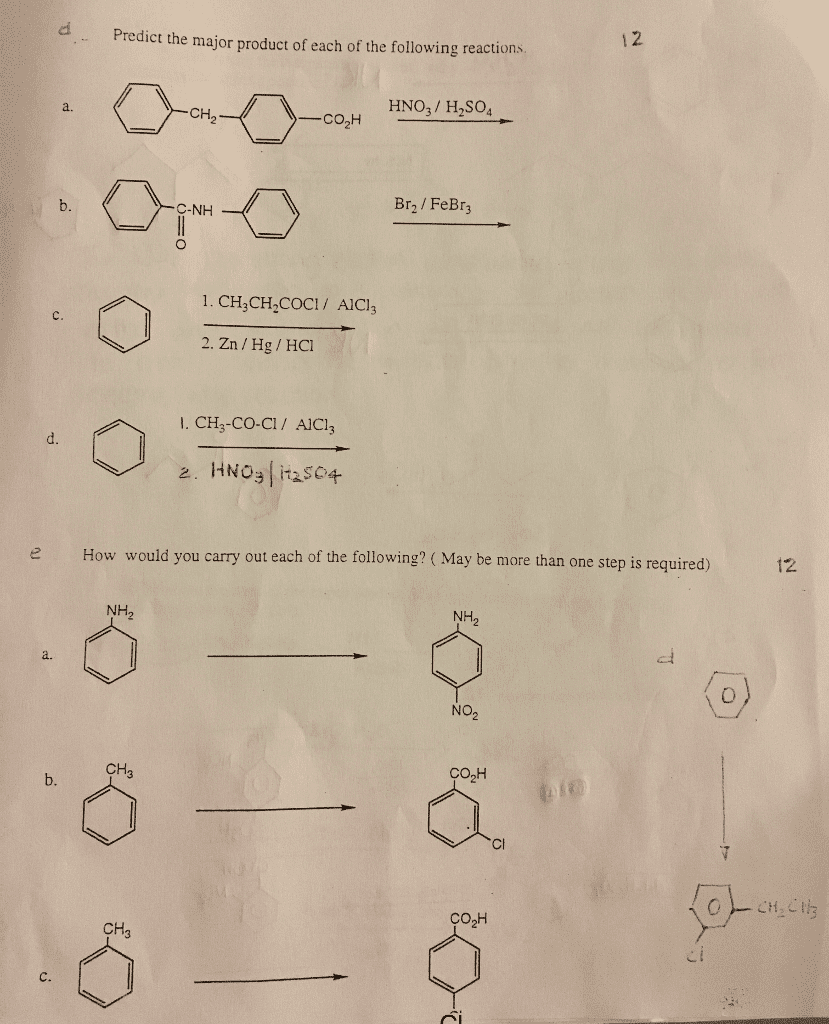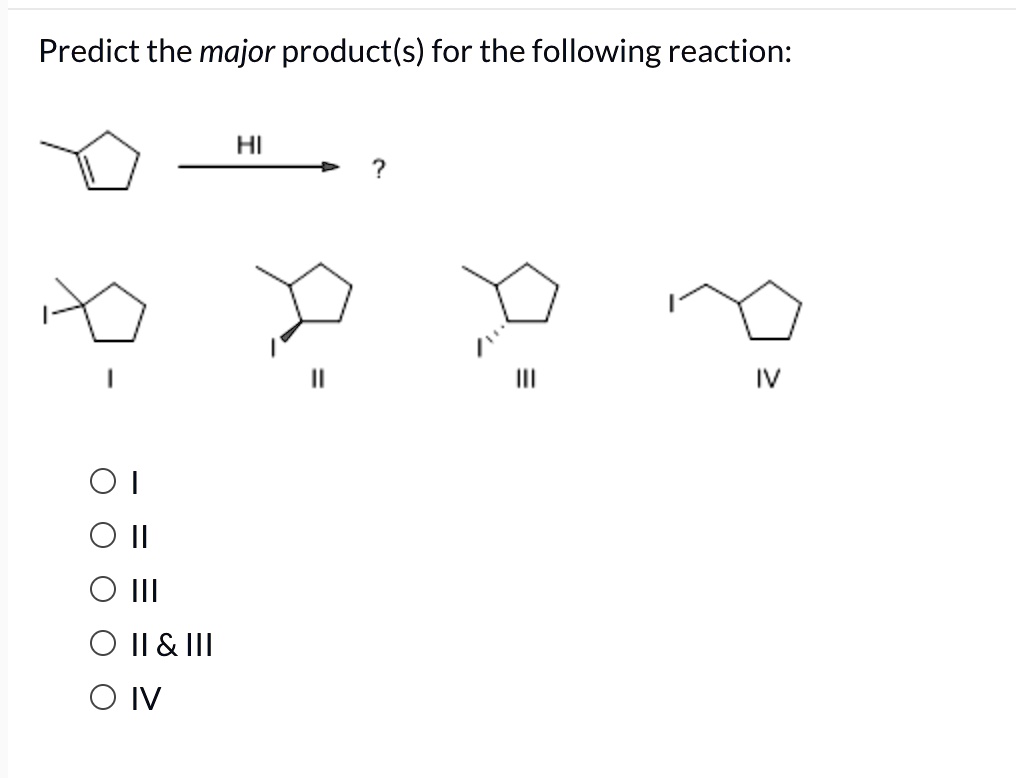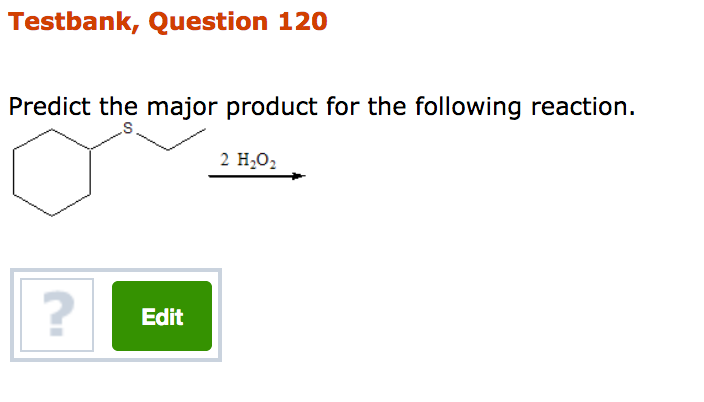Predict The Major Product For The Following Reactions
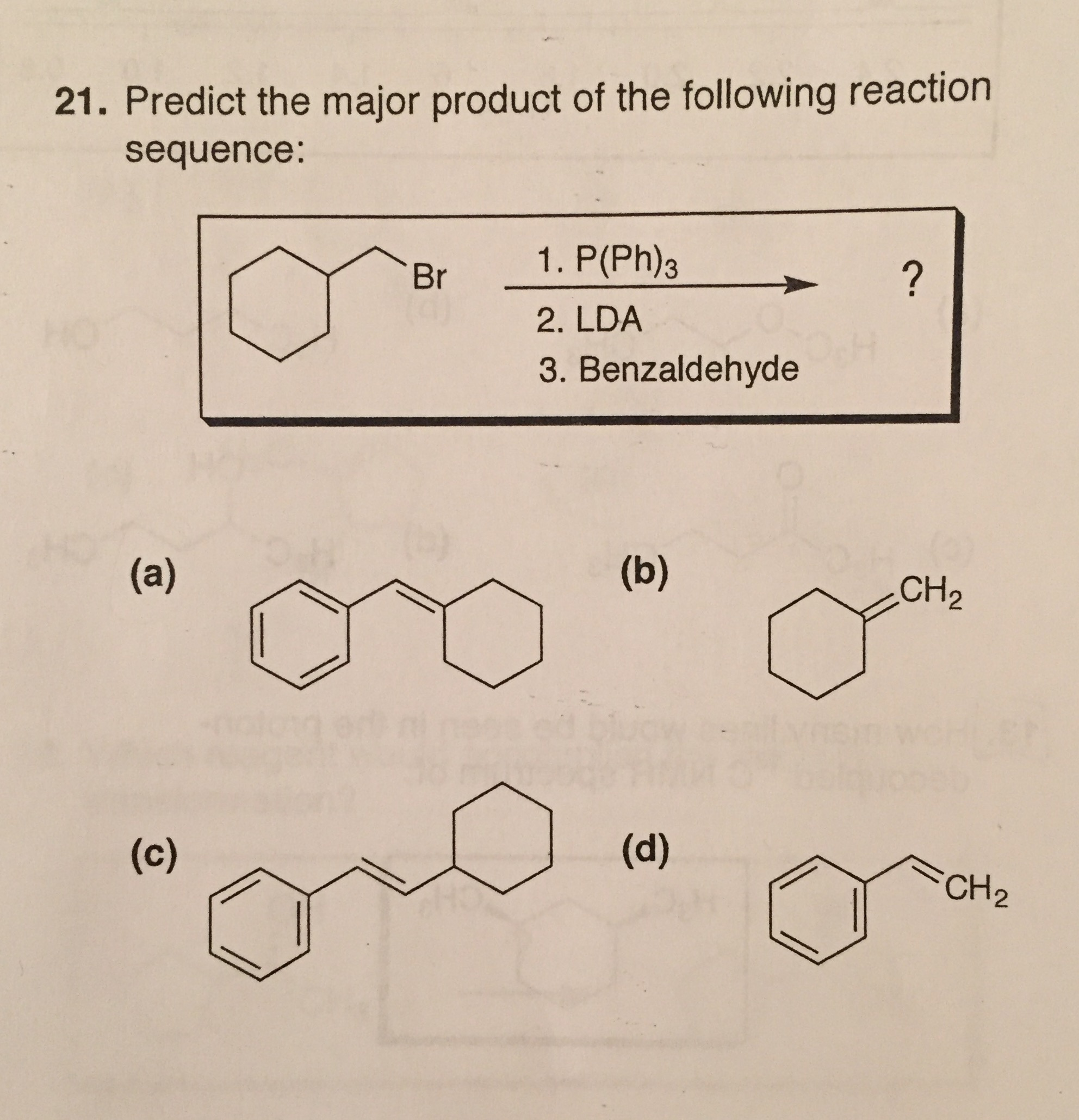
Chemical reaction prediction throws researchers into disarray. A wave of unexpected results is shaking the foundations of organic synthesis, demanding immediate re-evaluation of established principles.
The ability to accurately predict reaction outcomes is crucial for drug discovery, materials science, and countless other fields. These latest discrepancies, however, threaten to undermine confidence in existing predictive models and require urgent investigation.
Unprecedented Deviations from Expected Products
Multiple laboratories worldwide are reporting significant deviations in reaction outcomes. Preliminary findings, shared via pre-publication servers and closed-door conferences, highlight cases where predicted major products are only formed in trace amounts, if at all. Unexpected byproducts are dominating the reaction mixtures, baffling researchers.
The reactions in question span a range of common transformations: Grignard reactions, Wittig reactions, and various types of cycloadditions are among those showing anomalies.
Specific Reaction Types Under Scrutiny
Grignard reactions, typically reliable for carbon-carbon bond formation, are yielding unexpected reduction products in some instances. Instead of the anticipated alcohol following hydrolysis, researchers are observing alkanes, suggesting an unforeseen pathway favoring reduction over nucleophilic addition.
Wittig reactions, normally providing predictable alkenes with defined stereochemistry, are producing mixtures of cis and trans isomers where one isomer was overwhelmingly favored previously. This loss of stereoselectivity raises concerns about the influence of subtle factors not currently accounted for in predictive models.
Cycloadditions, including Diels-Alder reactions, are deviating from the Woodward-Hoffmann rules in some cases. Products with forbidden stereochemistry are being observed, challenging the accepted understanding of orbital symmetry control.
Possible Causes and Contributing Factors
The underlying causes remain elusive, with several hypotheses being considered. Contamination of reagents, subtle variations in reaction conditions (temperature, solvent, atmosphere), and the presence of trace impurities are all potential culprits.
Another possibility is that current computational models are inadequate for accurately capturing the complex interplay of factors influencing these reactions. These models often rely on approximations and simplifications that may break down under certain conditions.
Some researchers speculate that previously unknown catalytic pathways may be at play. Trace metals or other species present in the reaction mixture could be catalyzing alternative reactions, leading to the observed unexpected products. Further investigation is needed to identify and characterize any such catalysts.
Impact on Chemical Research and Industry
The implications of these findings are far-reaching. Accurate prediction of reaction outcomes is essential for efficient synthesis and process optimization. The current uncertainty is hindering progress in various fields, particularly drug discovery, where the ability to rapidly synthesize and screen new compounds is crucial.
Pharmaceutical companies and other chemical industries are closely monitoring the situation. The need for robust and reliable predictive models is more urgent than ever.
Investment in research aimed at improving reaction prediction methodologies and developing more sophisticated computational tools is expected to increase.
The Path Forward: Collaborative Investigation and Data Sharing
A coordinated effort involving researchers from academia and industry is underway to address these anomalies. Data sharing, open communication, and collaborative experiments are seen as crucial for uncovering the underlying causes and developing more accurate predictive models.
Several research groups are focusing on meticulously controlling reaction conditions and analyzing reaction mixtures using advanced analytical techniques. The goal is to identify any subtle factors that may be influencing reaction outcomes.
The National Science Foundation and other funding agencies are considering proposals for research projects aimed at addressing these challenges. A workshop is planned for next month to bring together experts in computational chemistry, organic synthesis, and analytical chemistry to discuss the latest findings and coordinate future research efforts.
This incident highlights the importance of rigorous experimentation and critical evaluation of existing theories. The field of organic chemistry is facing a challenge, but also an opportunity to deepen its understanding of the complex factors governing chemical reactivity. The resolution to this challenge is expected to lead to significant advances in reaction prediction and synthetic methodology.
